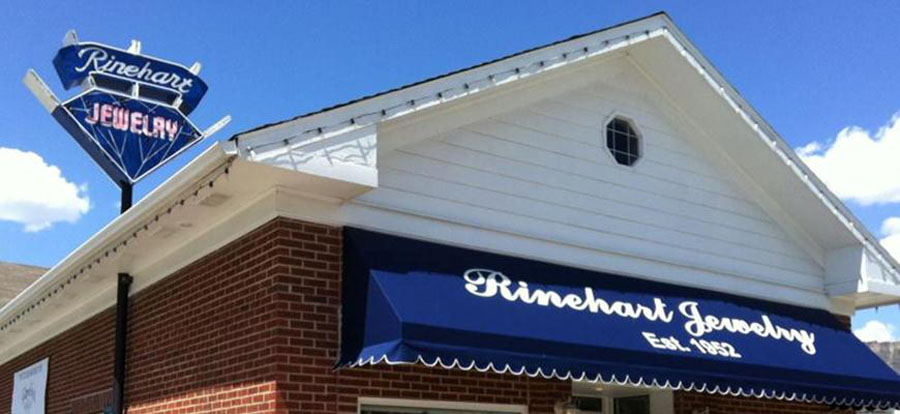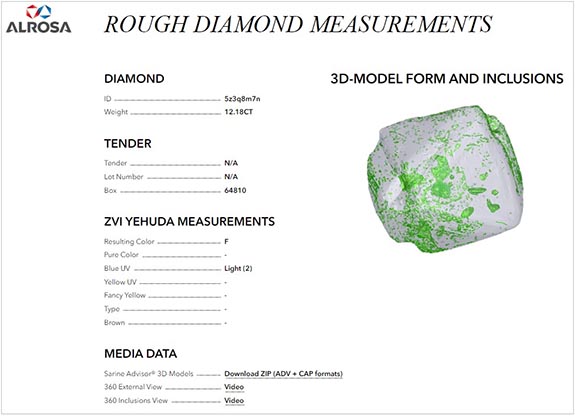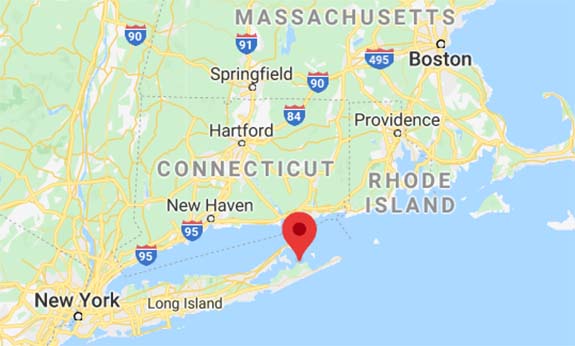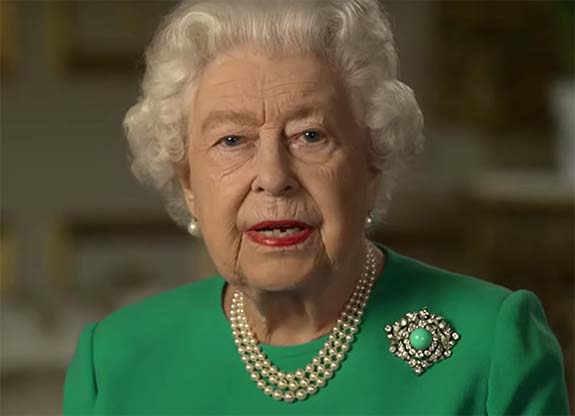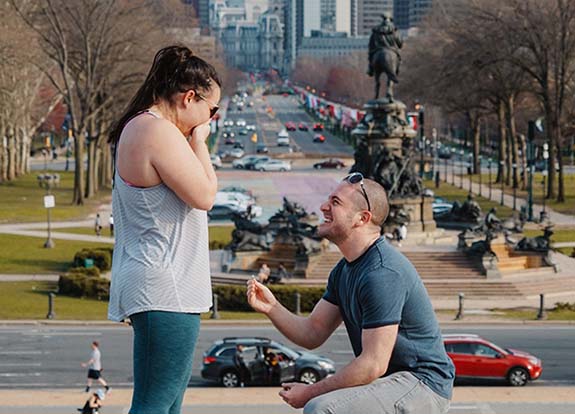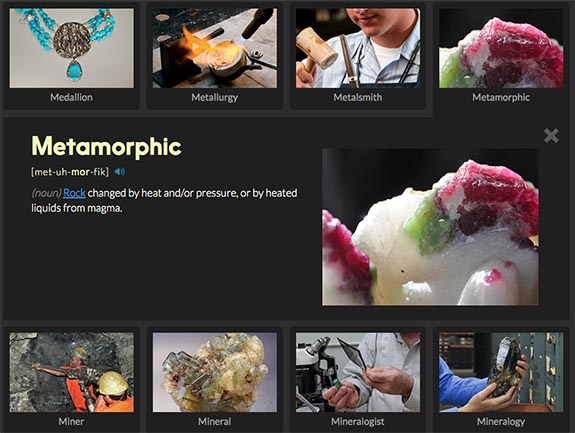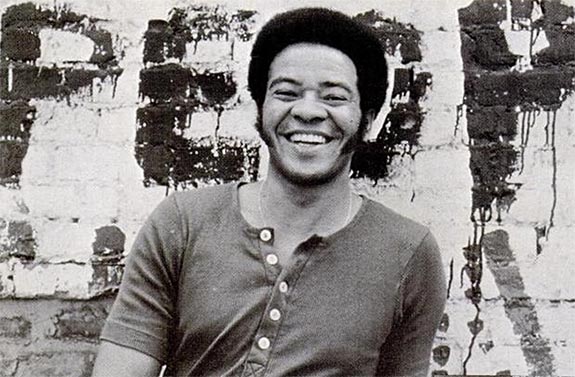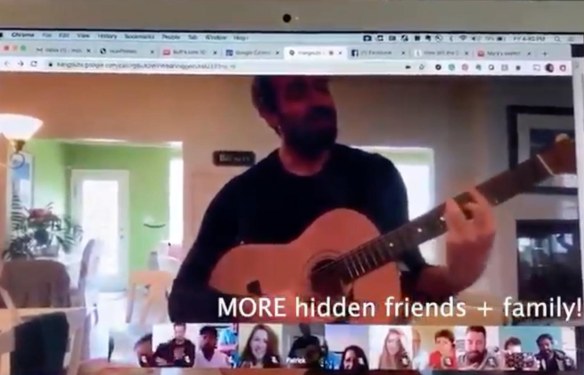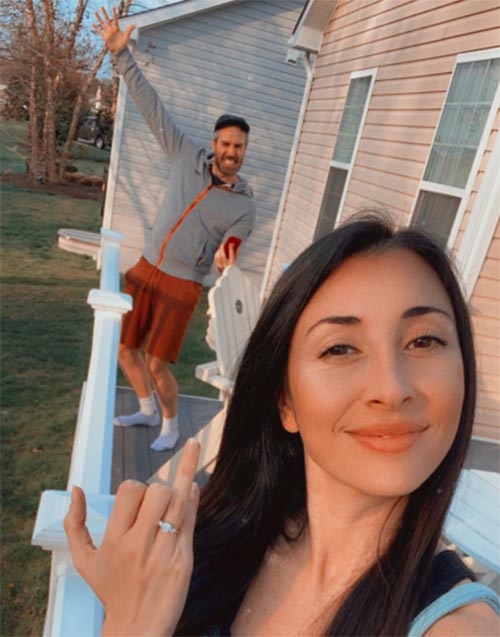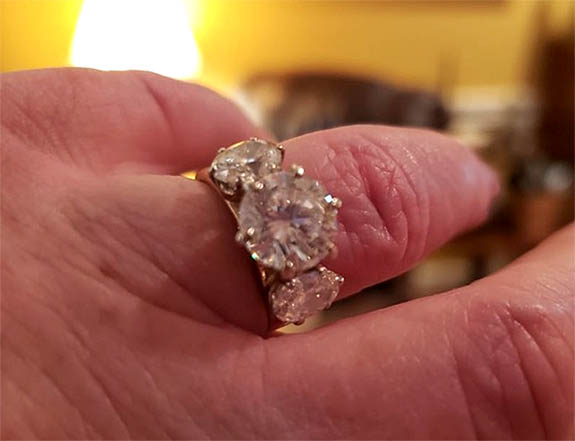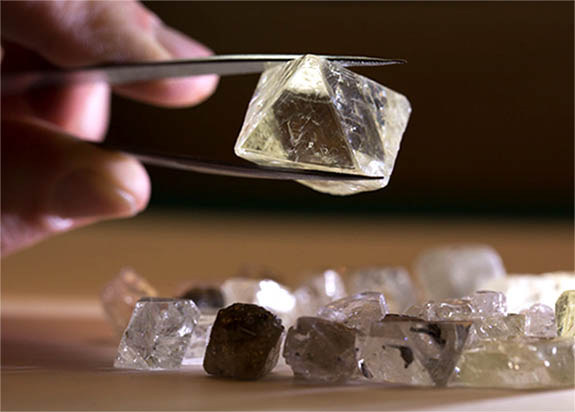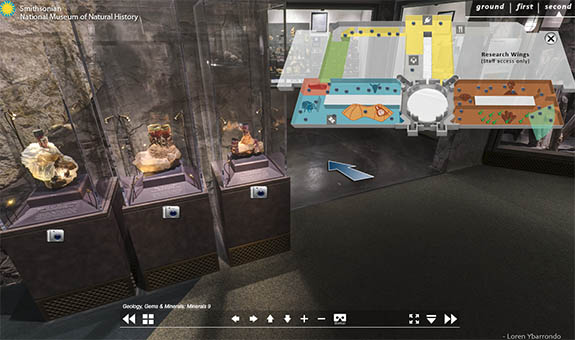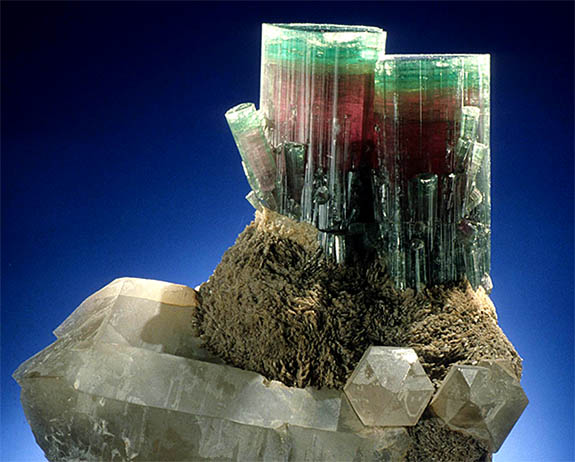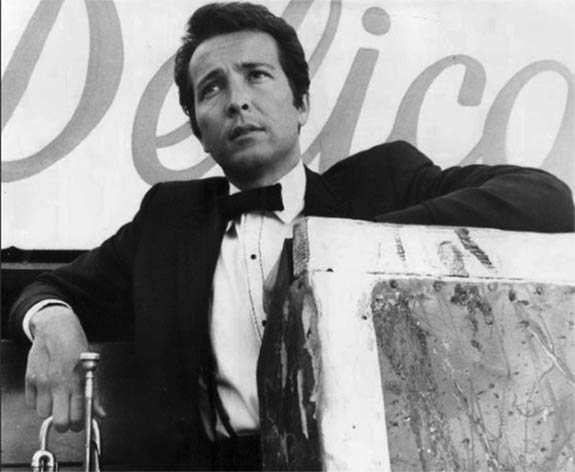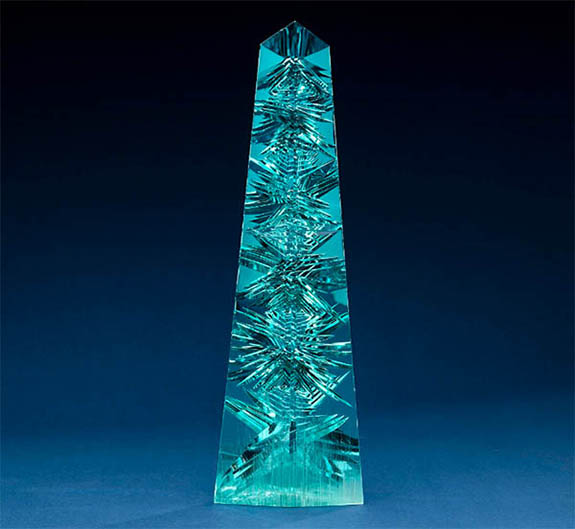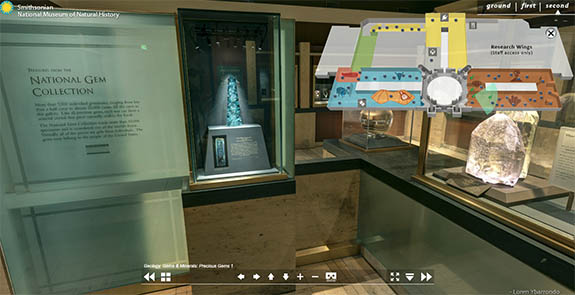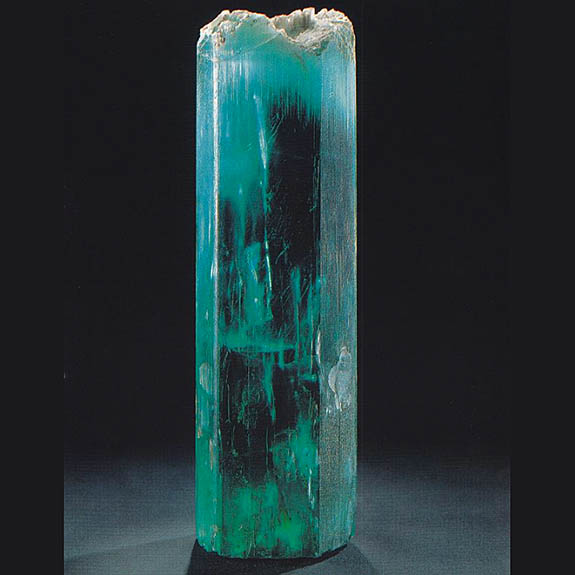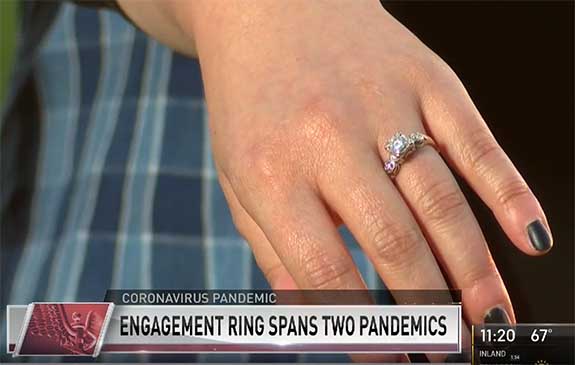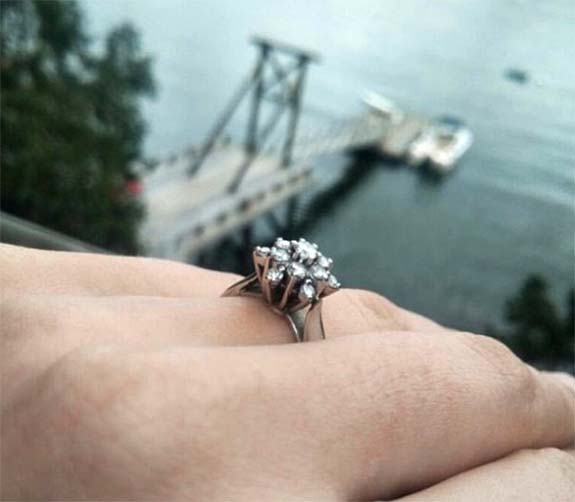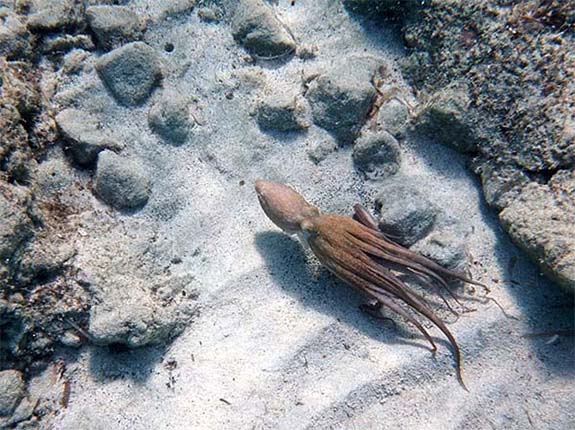April 1st, 2020
Standing in stark contrast to the earlier Art Nouveau and Edwardian eras, the Art Deco period of the 1920s and 30s represented modernism reinterpreted as fashion. Jewelry designers of this period abandoned the flowing curves and floral motifs of prior decades to embrace the new sleek lines and geometric shapes that conveyed anti-traditional elegance, wealth and functionality.

In honor of April's official birthstone, we take a close look at a diamond ring that is one of the world's most stunning examples of Art Deco jewelry. It is housed in the Gem Hall at the National Museum of Natural History and it is called "The Marquise Diamond Ring."
(Normally, the public would be able to see this magnificent ring in person, but all the Smithsonian museums in Washington, D.C., are temporarily closed to support the effort to contain the spread of COVID-19. The Smithsonian provides a virtual tour here. Click on the Second Floor tab and visit the gallery labeled "Geology, Gems and Minerals.")
Designed by Cartier during the Art Deco period (1920-1935), The Marquise Diamond Ring is fabricated in platinum and features a 28.3-carat marquise-cut diamond sourced in South Africa.
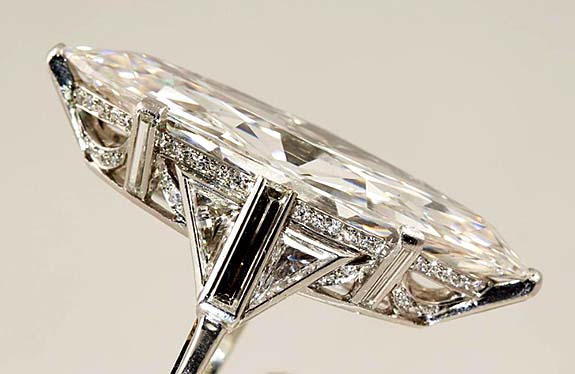
When viewed from the side, the ring's Art Deco design elements come to life. Set symmetrically along the architecture-inspired shank and undercarriage of the mounting are four triangular-cut, eight baguette-cut and 60 round brilliant-cut diamonds.
The ring was gifted to the Smithsonian in 1964 by Adelaide Riggs, the daughter of Marjorie Merriweather Post. A famous socialite and philanthropist, Post was the heiress to the Post cereal fortune and one of the richest women in the world.
Credits: Marquise Diamond Ring by Chip Clark and digitally enhanced by SquareMoose / Smithsonian; Side view of Marquise Diamond Ring by Ken Larsen / Smithsonian.

In honor of April's official birthstone, we take a close look at a diamond ring that is one of the world's most stunning examples of Art Deco jewelry. It is housed in the Gem Hall at the National Museum of Natural History and it is called "The Marquise Diamond Ring."
(Normally, the public would be able to see this magnificent ring in person, but all the Smithsonian museums in Washington, D.C., are temporarily closed to support the effort to contain the spread of COVID-19. The Smithsonian provides a virtual tour here. Click on the Second Floor tab and visit the gallery labeled "Geology, Gems and Minerals.")
Designed by Cartier during the Art Deco period (1920-1935), The Marquise Diamond Ring is fabricated in platinum and features a 28.3-carat marquise-cut diamond sourced in South Africa.

When viewed from the side, the ring's Art Deco design elements come to life. Set symmetrically along the architecture-inspired shank and undercarriage of the mounting are four triangular-cut, eight baguette-cut and 60 round brilliant-cut diamonds.
The ring was gifted to the Smithsonian in 1964 by Adelaide Riggs, the daughter of Marjorie Merriweather Post. A famous socialite and philanthropist, Post was the heiress to the Post cereal fortune and one of the richest women in the world.
Credits: Marquise Diamond Ring by Chip Clark and digitally enhanced by SquareMoose / Smithsonian; Side view of Marquise Diamond Ring by Ken Larsen / Smithsonian.
